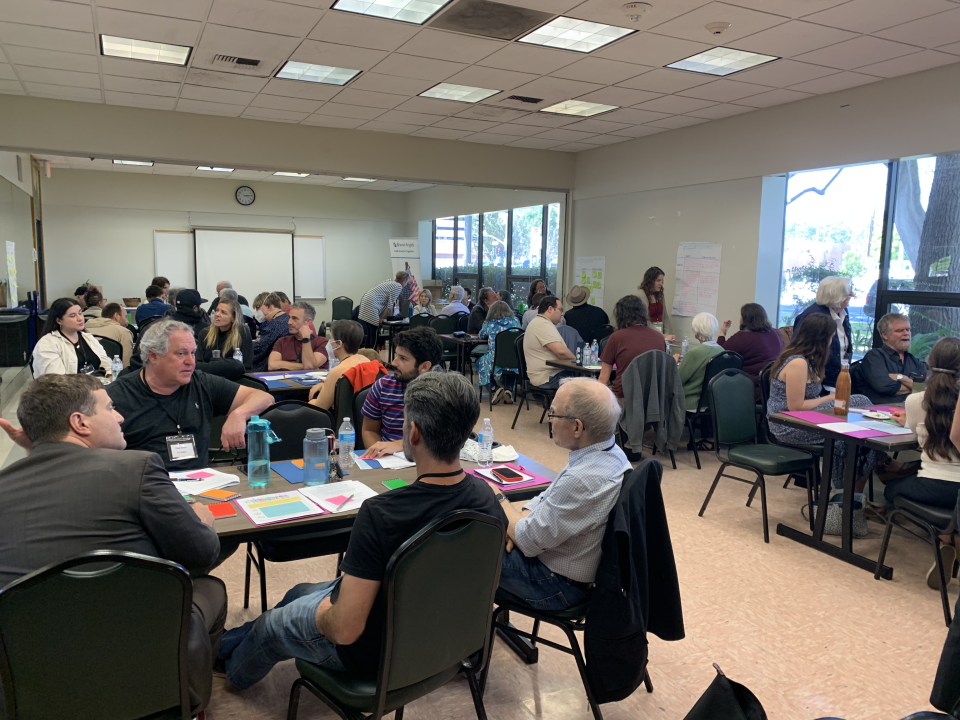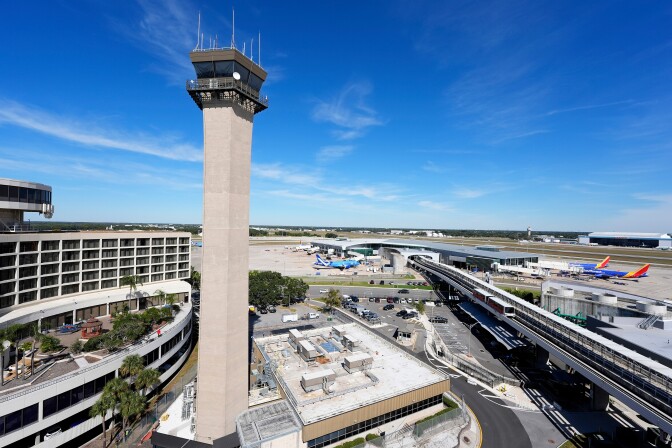Each year nearly 400,000 children with
Medi-Cal
health insurance lose coverage for a period of time and then must re-enroll. Often they still qualify for publicly subsidized healthcare but get kicked off because of administrative errors or lost paperwork. Sometimes their families miss the income cutoff by a couple of hundred dollars for a few months.
That’s a problem, advocates say, because early childhood comes with a host of vital health checks, vaccinations and developmental screenings. Without them, kids are at risk of falling behind on language development and social behaviors or missing early disease detection.
California tried to close that coverage gap in last year’s budget, but a
November ballot initiative
erased that investment even as it improved payments to doctors, clinics and hospitals that serve low-income households.
Now, children’s advocates are asking Gov. Gavin Newsom to try again and provide money for all low-income children to stay on Medi-Cal without renewal requirements until age 5 — but they concede it may already be too late.
The federal government must approve California spending Medi-Cal dollars this way, but the Trump administration’s executive order on federal spending and
attempted funding freeze
signaled an intent to make
deep cuts to a variety of social safety net programs
.
Still advocates say they are moving forward with their request for Newsom.
“This is a clear opportunity to address systemic barriers that hinder Medi-Cal access,” said Mayra Alvarez, president of the Children’s Partnership, the organization leading the funding request.
Statewide, about 56% of all children rely on Medi-Cal insurance.
Last year, in the midst of a multibillion-dollar deficit, Newsom and state legislators agreed to spend $33 million to fund the program starting in 2026. The money would draw from one of the only growing revenue streams available to the state during a tight year, a special tax on health insurance plans that helps fund Medi-Cal.
But the bill
Newsom signed
had a catch. It stipulated that if voters passed a ballot measure to invest a majority of the health insurance tax money on pay increases for Medi-Cal doctors, then continuous coverage and other investments made by lawmakers in the state budget would not be funded.
The ballot measure passed with an overwhelming 68% of votes.
Supporters argued, and voters agreed, that the nearly $7 billion raised by the health insurance tax annually should be used to shore up the state’s expansive and often strained public health insurance program. Pay increases would encourage more doctors and clinics to accept Medi-Cal patients, supporters argued.
This time around, advocates are less certain that the state would be able to spend money on continuous coverage for kids even if lawmakers agree to fund it.
Early congressional budget discussions indicate the GOP-controlled government wants to
significantly reduce Medicaid spending
. Medi-Cal is California’s version of the federal Medicaid program.
California can’t go alone on Medi-Cal change
California would need a waiver from the Trump administration to use the money from the health insurance tax in the way that advocates want.
“Our plan as a coalition is to continue moving forward and asking for the funding to be allocated and the waiver to be submitted,” said Courtney Armstrong, director of government affairs for the First 5 Association of California. “I don’t know what the likelihood is of the waiver being approved or not. Obviously it’s in the context of bigger threats to Medicaid. Potentially [the Trump Administration] is amenable to the argument that kids need access to health coverage.”
Advocates had pressured the state last year to submit a waiver request to invest in the program before President Joe Biden left office, but the Department of Health Care Services stopped pursuing the issue after the ballot measure passed in November.
According to a statement from the Department of Health Care Services, without funding it could no longer pursue the waiver request.
“The passage of Proposition 35 makes inoperative continuous coverage for children up to age 4” as lawmakers authorized last year, the statement from health care services said.
Medi-Cal kids are vulnerable
Providers who serve Medi-Cal patients say preventing kids from losing health insurance is critically important in their early years. Kids need regular pediatric checks and follow-up care. When they lose insurance, even temporarily, doctors and insurers also lose the ability to track and make sure they’re getting services on-time and not missing critical check points.
“This is singularly the most vulnerable population that we serve,” said Michael Hunn, chief executive officer of CalOptima Health, the largest Medi-Cal plan in Orange County. “We value and strongly recommend this continuous coverage because of what it means to set the health trajectory of an individual from little on.”
CalOptima serves nearly 74,000 children ages 0 to 5 and covers about 6,000 births each year, Hunn said.
“What I’m most concerned about with this change in continuous eligibility is that parents will have to make a choice between the medical care of their child and rent or food, and that is a very difficult place to put a family,” Hunn said.
For a few years during the federal COVID-19 emergency, eligibility checks were paused nationwide. During that time, the percentage of
kids who “churn” in and out of Medi-Cal
within one year dropped from 7.5% to 1%, according to Children’s Partnership, the group leading the budget ask. When the federal emergency ended, rates went back up.
“The writing was on the wall that this type of policy could avoid any child between 0 and 5 losing their care,” Alvarez with Children’s Partnership said.
One of the most frequent reasons why people lose Medi-Cal coverage is that their income exceeds the cutoff by $200, sometimes even less than $100, said Georgina Maldonado, executive director of the Community Health Initiative of Orange County, a nonprofit that helps people apply for Medi-Cal and other social services.
“The federal poverty level chart is not realistic for those that reside in California,” Maldonado said.
Supported by the California Health Care Foundation (CHCF), which works to ensure that people have access to the care they need, when they need it, at a price they can afford. Visit www.chcf.org to learn more.












